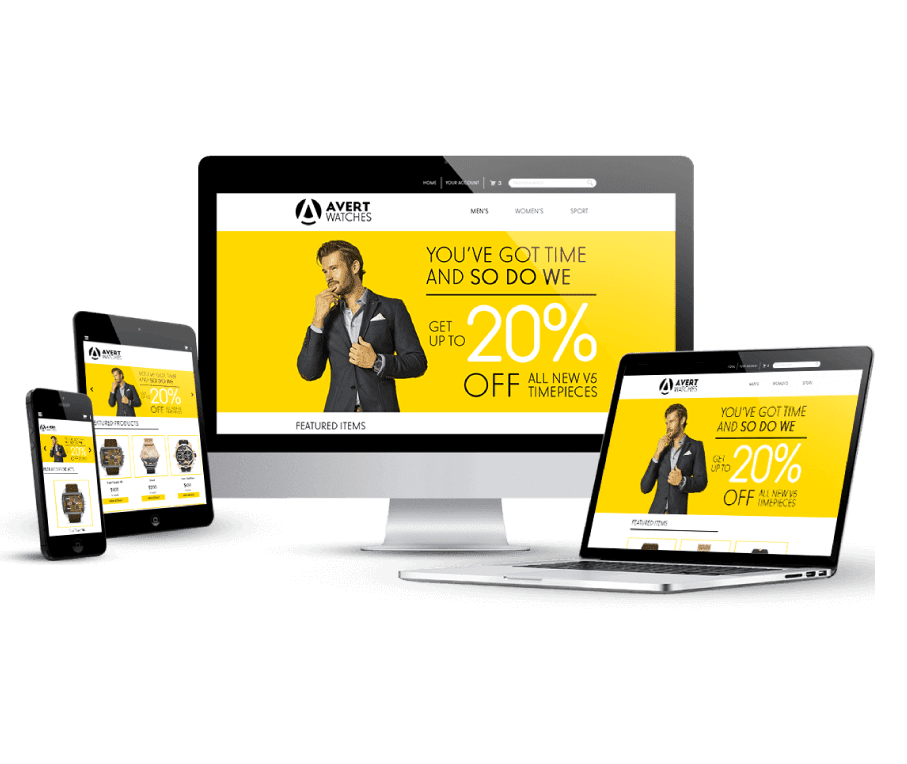Ideal Practices for Creating User-Friendly Internet Design
In the ever-evolving landscape of website design, developing an user-friendly interface is paramount for engaging audiences and driving conversions. Secret methods such as simplifying navigation, enhancing for mobile phones, and improving loading speed play a crucial duty in this procedure. The value of regular style elements and focusing on availability can not be overemphasized. As we check out these fundamental concepts, it becomes clear that reliable user experience design not only meets customer assumptions but additionally establishes the phase for deeper engagement. Uncovering the subtleties of each method can cause considerable improvements in overall web efficiency.
Simplify Navigation
A streamlined navigation system is important for improving customer experience on any internet site. Reliable navigating enables customers to locate the info they look for promptly and easily, thus reducing disappointment and increasing the probability of engagement. A clear format that categorizes content practically is extremely important; individuals should intuitively recognize where to click for specific details.
Using a simple top-level navigating bar, enhanced by drop-down food selections for subcategories, aids in preserving an organized structure. It is essential to restrict the number of major navigation links to avoid frustrating users; normally, 5 to 7 choices are optimum. In addition, using descriptive labels improves clearness, enabling users to recognize the material of each section at a glance.
Including a search function better enriches the navigating experience, particularly for content-rich websites. When looking for details details, this function equips users to bypass traditional navigating paths. Additionally, consistent design aspects throughout all web pages reinforce experience, permitting individuals to browse with self-confidence.
Optimize for Mobile

First of all, adopt a responsive layout technique that automatically readjusts the design and content based on the display size. This flexibility makes certain that customers have a regular experience throughout gadgets. Next off, prioritize touch-friendly interfaces by making certain buttons and links are conveniently clickable, lessening the demand for zooming.
Additionally, take into consideration the significance of succinct material discussion. Mobile customers usually look for quick details, so employing techniques like retractable menus or accordions can improve usability without frustrating the user. Furthermore, make certain that typefaces are understandable, and image sizes are maximized for faster loading.
Last but not least, test your website on different smart phones and running systems to recognize prospective problems. By attending to these elements, you will certainly develop an instinctive mobile experience that keeps users engaged and encourages them to discover your offerings better - Web Design Pretoria. Focusing on mobile optimization is essential for accomplishing an easy to use website design in a significantly mobile-centric world
Enhance Loading Speed
Packing speed is an important variable that can significantly influence customer satisfaction and engagement on an internet site. Researches show that individuals expect pages to pack in 2 secs or less; past this limit, the likelihood of desertion boosts dramatically. Consequently, enhancing loading rate is necessary for retaining site visitors and improving general site performance.
To enhance loading rate, numerous ideal methods ought to be implemented. Additionally, leverage web browser caching to keep copies of documents in your area, making it possible for faster tons times for returning visitors.

Use Consistent Style Components
Developing a cohesive visual identification is vital for enhancing individual experience on a web site. Constant layout elements, consisting of color design, typography, buttons, and design structures, produce a unified look that helps users browse effortlessly. When users run into acquainted patterns and styles, their cognitive tons is decreased, permitting them to concentrate on web content rather than figuring out varying design aspects.
Utilizing a standardized shade combination strengthens brand acknowledgment and fosters a psychological connection with individuals. Likewise, maintaining consistent typography-- such as font styles, dimensions, and weights-- makes sure readability and contributes to a refined appearance. In addition, consistent button styles and interactive aspects lead users intuitively through the site, enhancing use.
Furthermore, a natural design helps develop an organized flow of details, making it simpler for customers to absorb and situate content. Each web page needs to reflect the same design concepts to avoid complication and disorientation.
Prioritize Availability
A cohesive visual identity not only boosts navigation yet also sets the stage for prioritizing ease of access in web style. Ease of pop over here access makes sure that all customers, consisting of those with disabilities, can communicate and navigate with a website successfully. To attain this, internet developers need to stick to established standards, such as the Internet Material Access Standards (WCAG)
Implementing functions like alt message for images, key-board navigability, and ideal shade contrast can considerably boost the user experience for individuals with aesthetic, auditory, or cognitive problems. It is important to make use of semantic HTML to structure web content realistically, allowing assistive technologies to share and interpret information Website precisely to customers.
Furthermore, supplying several ways of engagement-- such as text options for sound and aesthetic material-- can deal with varied customer requirements. Regular usability testing with participants who have handicaps can discover possible barriers that might not be instantly evident during the design stage.
Eventually, focusing on availability not only adheres to lawful requirements however likewise widens the prospective target market, fosters inclusivity, and enhances general website functionality (Web Design Pretoria). By embedding access into the style procedure, designers can create an extra equitable electronic landscape for everybody
Final Thought

As we check out these foundational concepts, it becomes clear that efficient customer experience layout not only satisfies customer assumptions yet likewise establishes the stage for much deeper interaction. Mobile individuals usually seek fast details, so using strategies like collapsible menus or accordions can boost usability without frustrating the user. When individuals experience familiar patterns and styles, their cognitive lots is minimized, permitting them to focus find more info on web content rather than understanding differing layout facets.
In recap, implementing best practices for easy to use web style significantly boosts the overall customer experience. Sticking to these standards cultivates a positive relationship in between individuals and digital platforms, ultimately promoting user complete satisfaction and retention.
 Jennifer Grey Then & Now!
Jennifer Grey Then & Now! Bradley Pierce Then & Now!
Bradley Pierce Then & Now! Molly Ringwald Then & Now!
Molly Ringwald Then & Now! Elin Nordegren Then & Now!
Elin Nordegren Then & Now! Dawn Wells Then & Now!
Dawn Wells Then & Now!